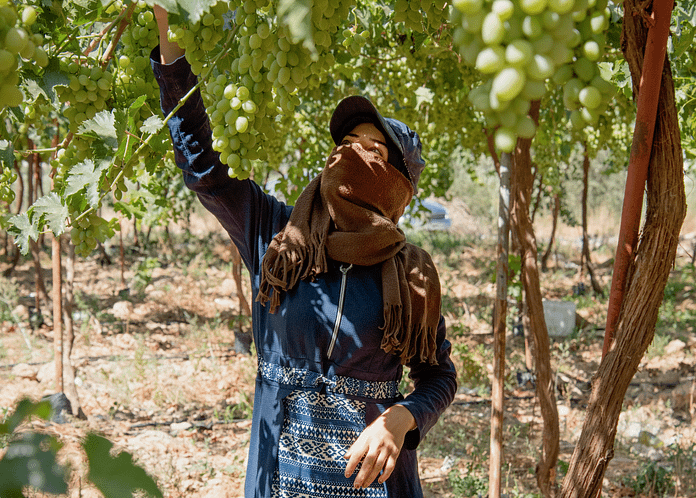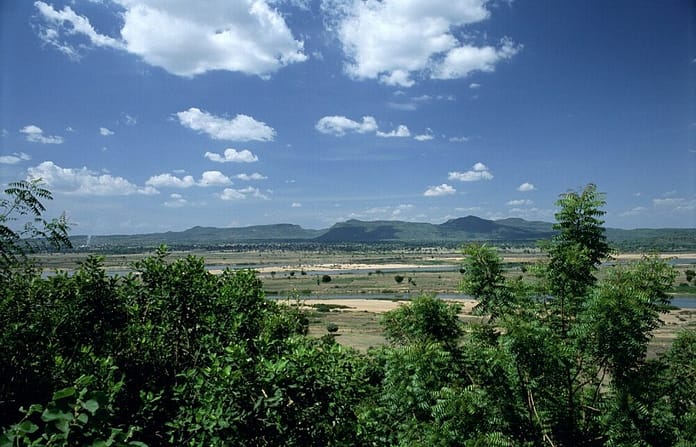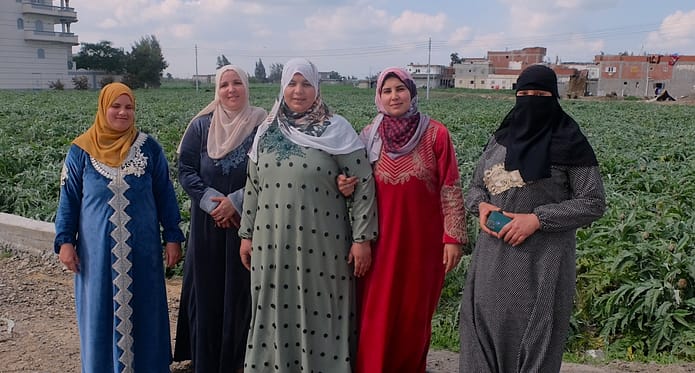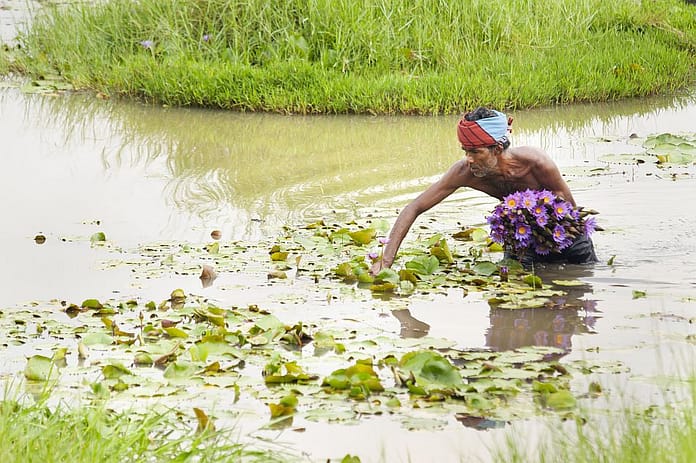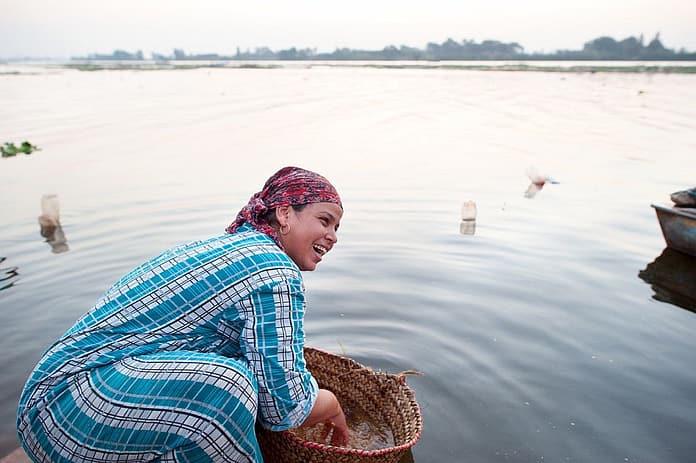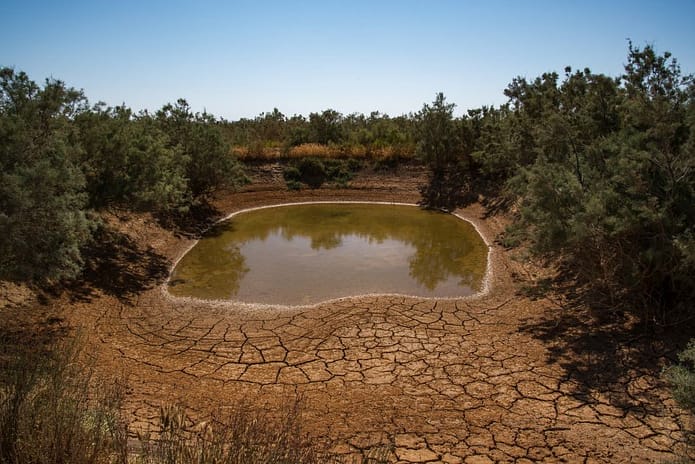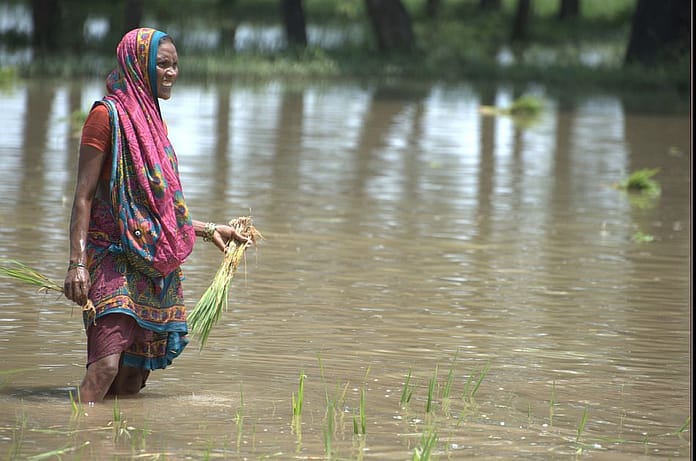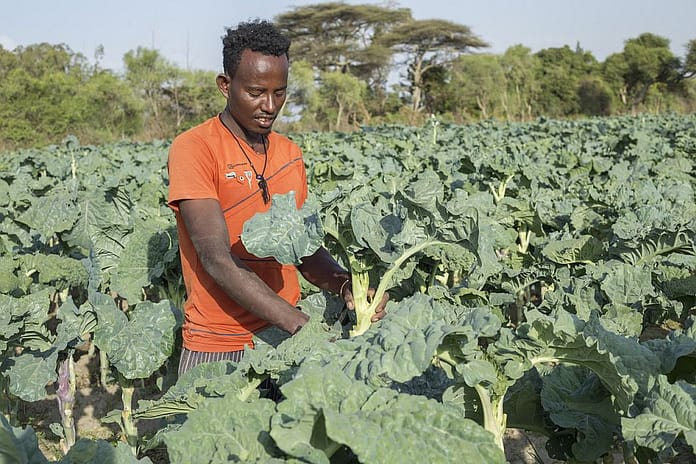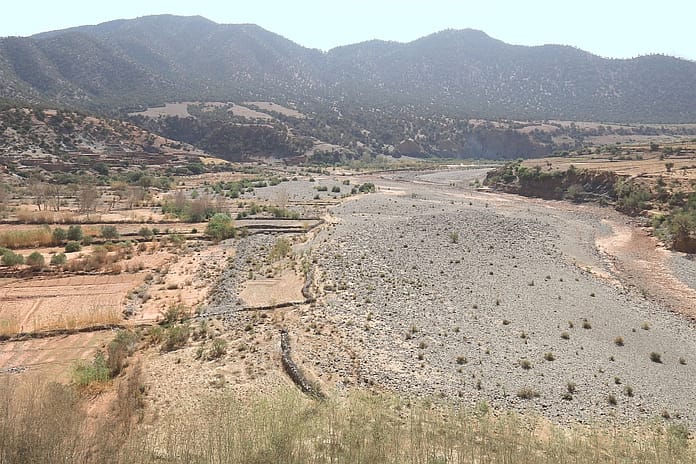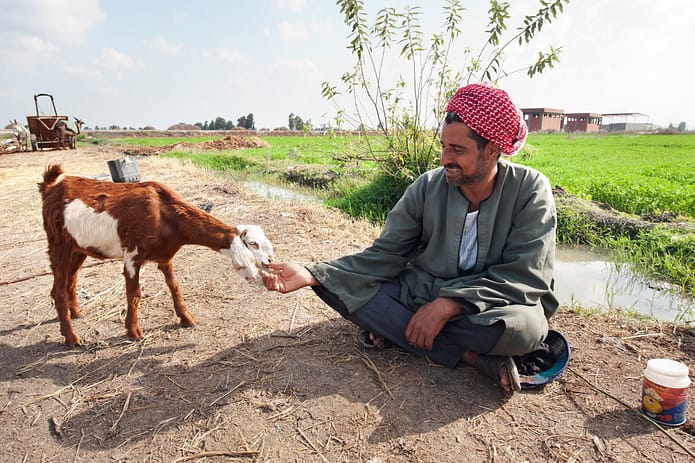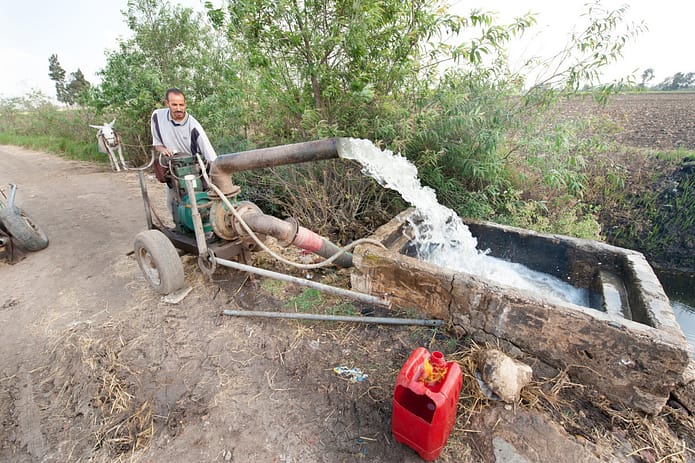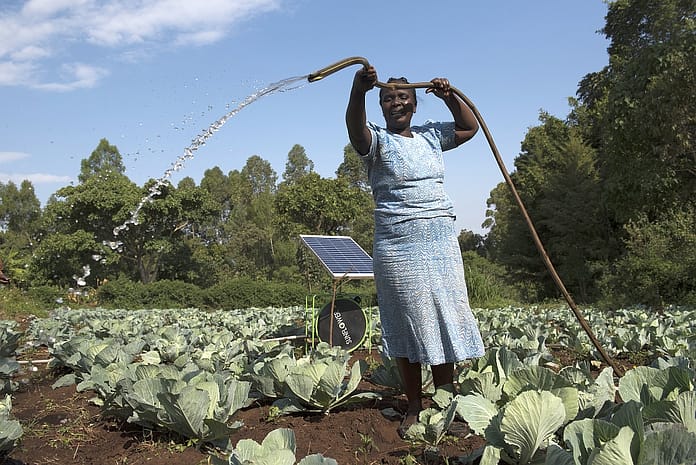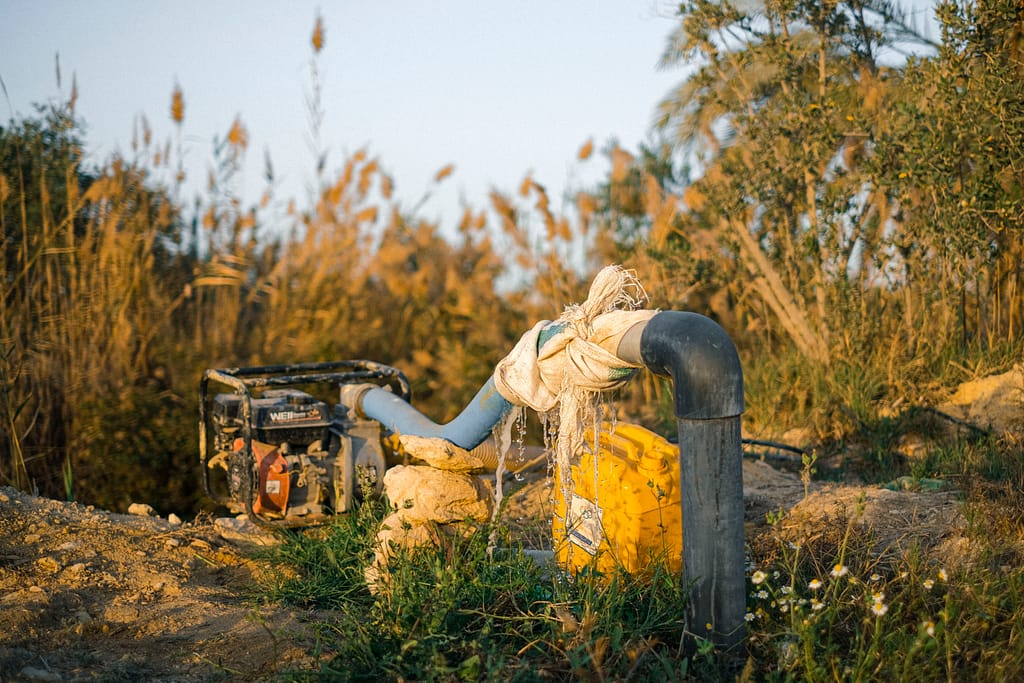
A recent study by the International Water Management Institute (IWMI), based on the Pacific Institute’s Water Conflict Chronology, reveals a sharp rise in water-related disputes in MENA between 2000 and 2023, particularly in Iraq, Libya, Sudan, Syria and Yemen. While the social, economic and security challenges are formidable, IWMI highlights a promising opportunity: a framework to turn water from a source of conflict into a driver of peace.
The water crisis in MENA
The growth of water-related conflicts in MENA is no surprise in a region considered one of the driest on the planet. Per capita water availability hovers between 1,200 and 1,500 cubic meters annually — a stark contrast to the global average of 8,500 cubic meters.
Within MENA, the disparities are even more jarring: while Iraqi and Lebanese citizens can access about 1,000 cubic meters of water per year, Jordanians must make do with a mere 40 cubic meters — barely enough to cover basic human needs.
Conflict over water is as old as civilization itself, and perhaps nowhere more so than in the Middle East and North Africa. Around 4,500 years ago, the city-states of Lagash and Umma (in modern-day southern Iraq) fought over the Gu’edena region using irrigation canals as weapons in a century-long struggle. The use of water in warfare didn’t stop there. From ancient myths to more recent conflicts, water has been poisoned, diverted and weaponized in countless ways across the region.
Water is more deeply entwined in MENA’s conflicts than ever, acting as a casualty, a weapon and a trigger for violence.
In Syria, for instance, eight water facilities were damaged in 2019 during fighting in the northwest, cutting off drinking water for nearly 250,000 people in Idlib. This illustrates how water infrastructure often becomes a casualty of conflict, with dire consequences for civilian populations.
Water can also be weaponized, with riverbeds dammed for strategic control, pipelines sabotaged, wells poisoned, and infrastructure intentionally destroyed. Even with plenty of water, poor management or a dam falling under the control of an armed faction can threaten downstream communities and destabilize entire regions, highlighting the urgent need for protective strategies regardless of water supply.
As a trigger, the scarcity of clean, sufficient water can ignite unrest and violence, especially in communities already living in fragile environments, further exacerbated by the impacts of climate change.
“MENA faces some of the world’s most severe water scarcity, with transboundary rivers and aquifers often crossing political lines, all within a region marked by ongoing conflicts. It is critical that we develop a science-based framework and data-informed understanding of water systems to help manage water in these unstable environments and prevent further escalation,” says Youssef Brouziyne, IWMI MENA Regional Representative and study co-author.
A new framework to turn conflict into cooperation
Despite these challenges, the IWMI study emphasizes that water disputes are not inevitable. In “Pathways from water conflict to water peace in the Middle East and North Africa,” recently published in Water Practice & Technology, the authors present the Concentric Circle Transformation (CCT) Framework, a scalable, context-sensitive model that weaves together hard and soft interventions.
“This new framework, the first in MENA, gives us the chance to transform water from a point of division into a driver of collaboration and stability,” explains study co-author and IWMI Regional Researcher Maha Al-Zu’bi.
The CCT Framework’s three levels – foundational, supportive, and expansive – are structured as three concentric circles, each focusing on different intervention types.
The innermost circle prioritizes trust-building and local governance using ‘soft’ interventions like dispute resolution and strong local cooperation, alongside ‘hard’ ones such as infrastructure improvements and remote sensing technology.
The supportive level bolsters these efforts by mobilizing resources for infrastructure, ensuring fair water management and alleviating local tensions.
Addressing water disputes at both the national and local levels is crucial in the MENA region, where 97% of water-related incidents occur within countries, making transboundary issues a minority concern. The only documented cases of transboundary tensions have occurred in Syria, Iraq and Sudan. Conversely, local disagreements over water access among individuals or small groups are rising across the region.

This observation echoes the analysis of environmental journalist and non-resident research fellow at the Center for Climate and Security (CCS), Peter Schwartzstein, who notes in his MENA-focused article “Why Water Conflict is Rising, especially on the Local Level” that “with higher stakes among agricultural-dependent districts, there can be more incentive to violence among individual communities than there is for nation states, few of whom could hope to pilfer more water from their neighbors, no matter how desperate they might be.”
The outermost circle amplifies the impact of the first two by strengthening international support, raising awareness and promoting technological solutions.
Real-world impact
Tested against real-world conflicts, the framework connects local, national and international efforts to resolve disputes and build long-term solutions.
“In Darfur, water conflicts between farmers and pastoralists often flare during dry seasons. The CCT Framework offers a way forward,” says Muhammad Khalifa, lead author and regional IWMI researcher. “Ensuring fair water distribution, strengthening local governance and improving early warning systems can prevent tensions from escalating into violence and promote cooperation among communities.”
With the CCT Framework, IWMI is hoping to transform water from a point of division to a foundation for cooperation, ensuring that water becomes a wellspring of peace, not conflict.


